Small towns across America host festivals that reveal their communities’ personalities, celebrating everything from local agricultural products to historical quirks that might seem bizarre to outsiders but feel perfectly natural to residents. These events transform quiet main streets into vibrant gathering places where neighbors reconnect and visitors discover the distinctive character that makes each town special.
The best local festivals combine genuine community pride with just enough organized chaos to create lasting memories for everyone involved. Here’s a list of 15 towns whose unique festivals showcase the creativity, humor, and community spirit that define small-town America at its most entertaining.
Punxsutawney, Pennsylvania – Groundhog Day
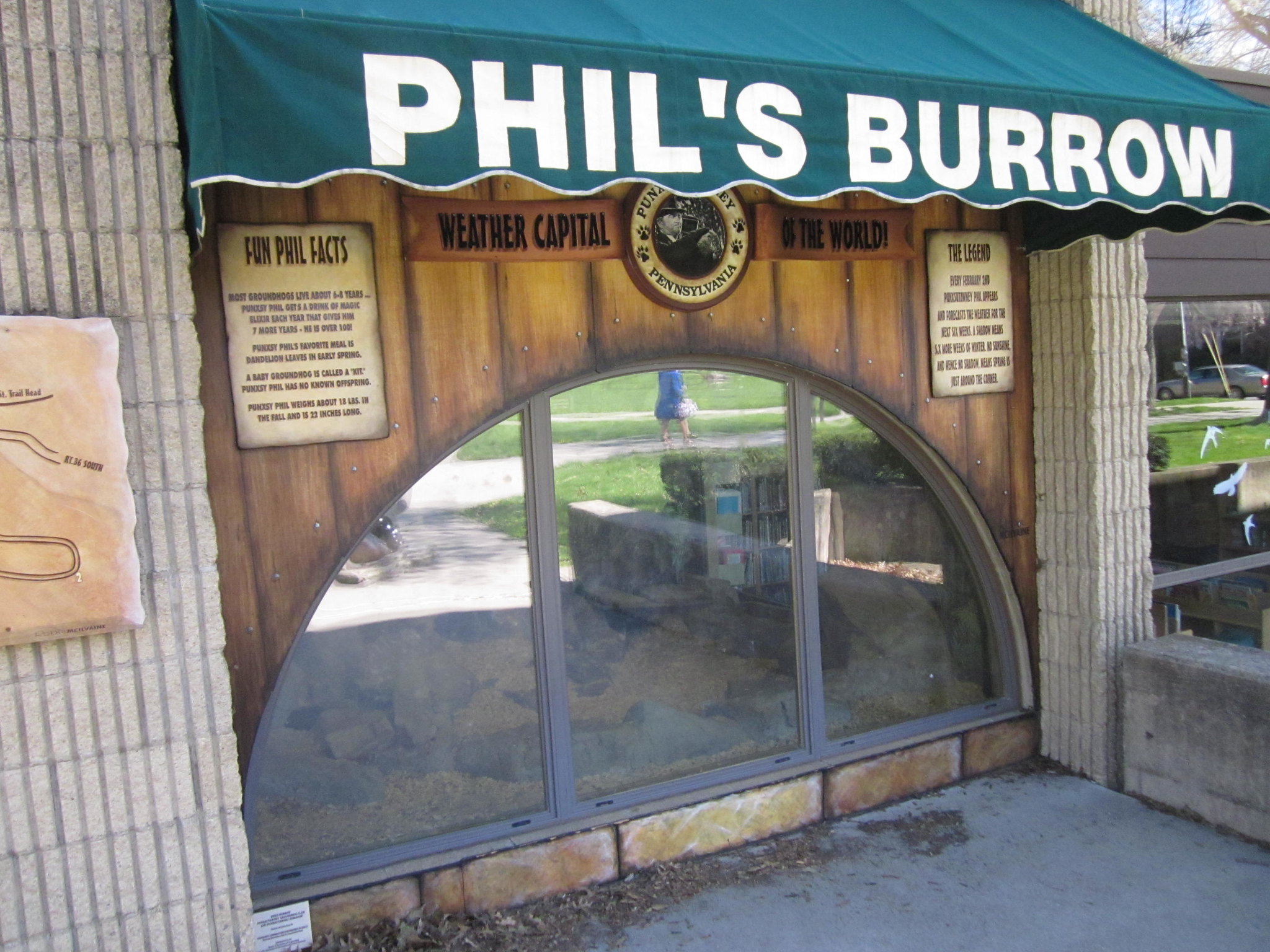
Every February 2nd, this Pennsylvania town of 6,000 becomes the unofficial capital of weather prediction as thousands gather at Gobbler’s Knob to witness Punxsutawney Phil emerge from his burrow and supposedly forecast spring’s arrival. The Groundhog Day celebration has evolved from a Pennsylvania Dutch folk tradition into an international media circus, complete with Inner Circle members wearing top hats and delivering Phil’s “prediction” in a formal ceremony.
Punxsutawney embraces its role as America’s weather headquarters with good humor, turning a relatively obscure folk custom into a celebration that draws visitors from around the world. The town’s ability to maintain the event’s silly charm while managing massive crowds shows how the community can turn local traditions into something larger without losing their essential character.
Gilroy, California – Garlic Festival

This agriculturally rich town celebrates its claim as America’s garlic capital each July with a festival featuring everything from garlic ice cream to garlic fries, proving that when it comes to local produce, there really can be too much of a good thing. The Gilroy Garlic Festival began in 1979 as a community fundraiser and evolved into a three-day event that attracts over 100,000 visitors eager to experience the creative culinary applications of the aromatic bulb.
Local restaurants compete to create the most inventive garlic-infused dishes while cooking demonstrations show visitors how to incorporate fresh garlic into everything from traditional Italian cuisine to unexpected desserts. The festival’s success lies in taking something that might seem limiting—garlic—and showing just how versatile and celebratory food culture can become when a community rallies around its agricultural heritage.
Like Travel Pug’s content? Follow us on MSN.
Bardstown, Kentucky – Kentucky Bourbon Festival

Kentucky’s bourbon capital hosts an annual festival that combines serious whiskey education with Southern hospitality, creating events that appeal to both connoisseurs and casual drinkers interested in learning about America’s native spirit. The festival features distillery tours, master distiller dinners, and educational seminars that explore bourbon’s history and production, all set against the backdrop of a town where many of Kentucky’s most famous distilleries maintain operations.
Bardstown’s approach balances reverence for bourbon-making traditions with the social aspects that make whiskey culture so appealing—good company, good stories, and appreciation for craftsmanship. The festival demonstrates how communities can celebrate industries that define their character while educating visitors about traditions that run deeper than mere commerce.
Holland, Michigan – Tulip Time Festival
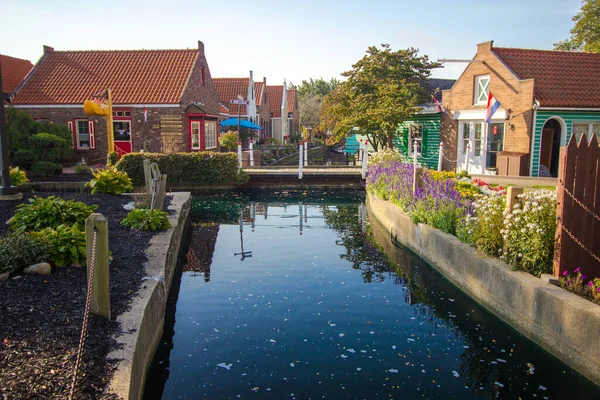
Each May, Holland transforms into a Dutch paradise as millions of tulips bloom throughout the city, complemented by traditional Dutch dancing, authentic food, and the nation’s only municipal klompen dancing program. Tulip Time began in 1929 as a celebration of Dutch heritage and has evolved into a comprehensive cultural festival that includes parades, craft markets, and performances that showcase both historical traditions and contemporary interpretations of Dutch culture.
The festival’s success stems from a genuine commitment to cultural preservation—Holland maintains its Dutch architecture, imports tulip bulbs from the Netherlands, and ensures that cultural presentations remain authentic rather than superficial tourist attractions. Tulip Time proves that ethnic festivals work best when communities maintain active connections to their heritage rather than simply recreating nostalgic versions of traditions their ancestors practiced.
Roswell, New Mexico – UFO Festival
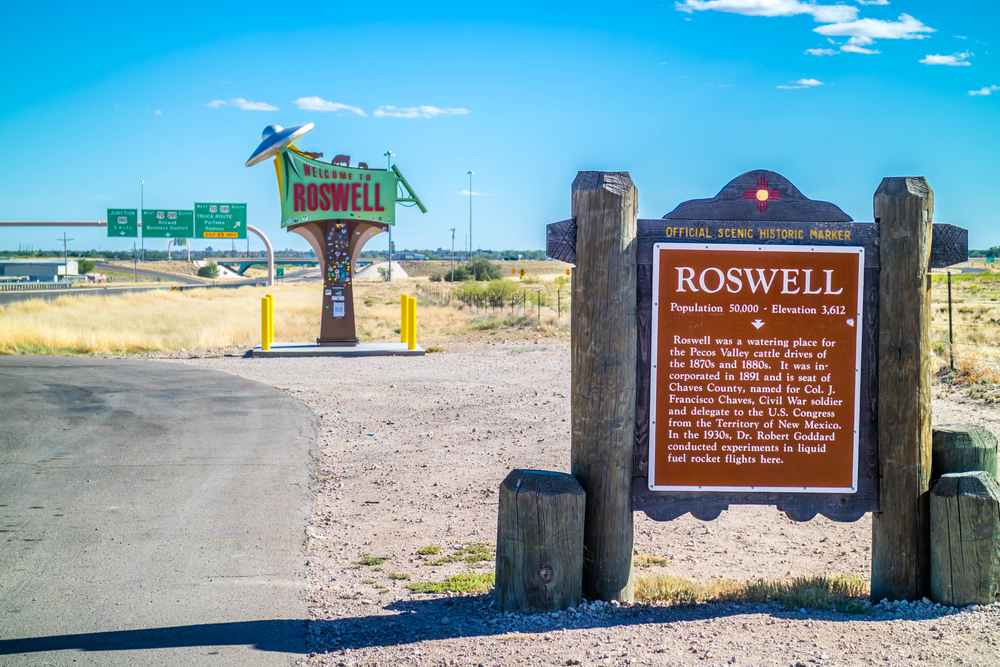
This July celebration embraces Roswell’s association with extraterrestrial conspiracy theories, combining sci-fi spectacle with genuine scientific education about space and astronomy. The UFO Festival features costume contests, alien-themed tours, and lectures by both serious researchers and enthusiastic believers in extraterrestrial visitation.
Roswell’s approach balances commercial entertainment with educational programming, ensuring that visitors leave with both souvenirs and actual knowledge about space science. The town’s willingness to embrace its peculiar fame while maintaining a sense of humor about the whole thing shows how communities can turn unusual circumstances into economic and cultural opportunities.
Like Travel Pug’s content? Follow us on MSN.
Bratwurst Festival (Bucyrus, Ohio)
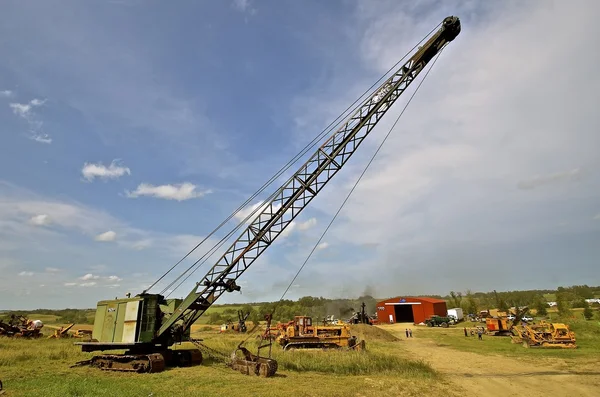
Ohio’s Bratwurst Capital celebrates its German sausage heritage each August with a festival that combines traditional foods, live music, and activities that showcase the town’s continuing commitment to authentic bratwurst production. Local butcher shops compete to create the best bratwurst varieties while cooking demonstrations teach visitors about traditional German preparation methods and introduce modern variations.
The festival grew from a simple community celebration into a regional destination that attracts bratwurst enthusiasts from across the Midwest, yet maintains its small-town character through family-friendly activities and volunteer organization. Bucyrus demonstrates how food festivals succeed when they celebrate genuine local products rather than attempting to manufacture artificial traditions.
Frozen Dead Guy Days (Nederland, Colorado)
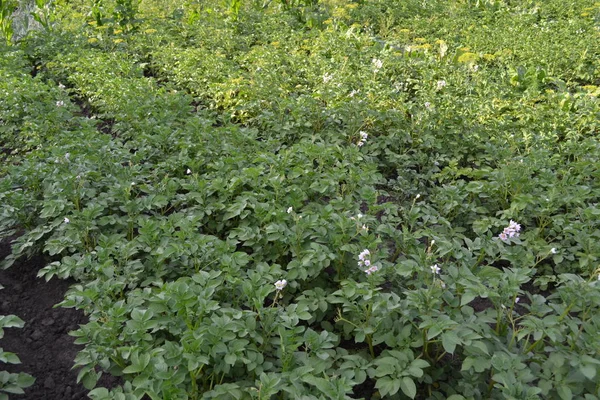
Nederland’s March festival celebrates the bizarre true story of a cryogenically preserved Norwegian grandfather whose body ended up stored in a local shed, inspiring a winter celebration that combines dark humor with mountain community spirit. The festival features coffin races, frozen salmon throwing, and costume contests that embrace the macabre premise while creating family-friendly entertainment that draws visitors from across Colorado’s Front Range.
Nederland’s ability to turn an odd local legend into a successful tourism event shows how small communities can embrace their quirks rather than trying to hide them. The festival succeeds because it maintains the irreverent humor that inspired it while creating genuine entertainment that brings people together during Colorado’s longest winter months.
Kolache Festival (Caldwell, Texas)
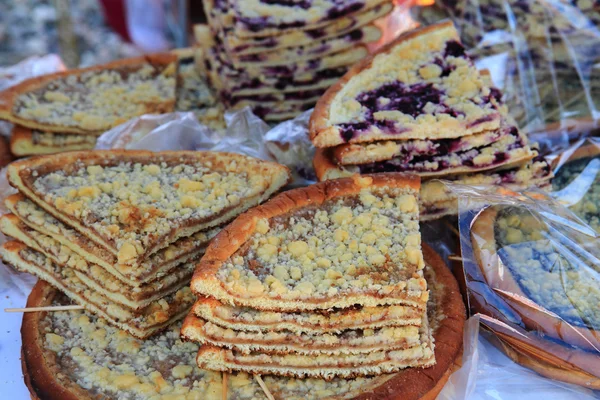
This September celebration honors the Czech pastries that represent Caldwell’s Slavic heritage, featuring traditional kolache varieties alongside creative modern interpretations that keep the tradition evolving. Local bakers compete in kolache contests while demonstrations teach visitors about traditional preparation methods and the cultural significance of these filled pastries in Czech communities.
The festival combines authentic cultural preservation with contemporary entertainment, ensuring that younger generations understand their heritage while attracting visitors curious about flavors they might not have encountered. Caldwell’s success lies in treating kolaches as more than just food—they’re cultural artifacts that connect present-day Texans with their ancestors’ traditions.
Like Travel Pug’s content? Follow us on MSN.
Wooly Worm Festival (Banner Elk, North Carolina)
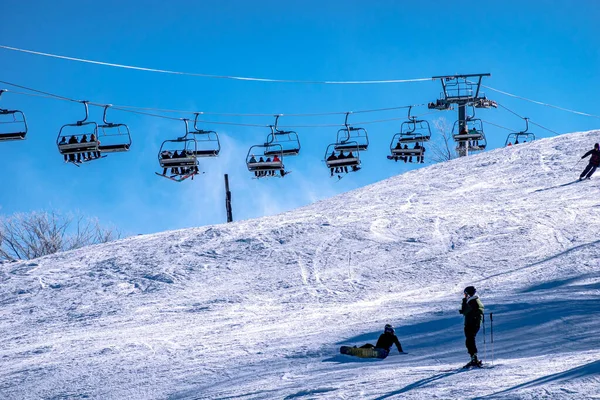
Each October, this Appalachian town hosts races featuring woolly bear caterpillars, with the winning worm’s color patterns supposedly predicting the coming winter’s severity—a combination of folk wisdom and genuinely entertaining competition. The Wooly Worm Festival includes crafts, music, and storytelling that celebrate mountain culture, while the caterpillar races provide entertainment that appeals to children and adults who appreciate the event’s gentle absurdity.
Banner Elk’s festival shows how communities can build celebrations around local folklore without taking themselves too seriously, creating events that feel authentically rooted in place while providing entertainment for visitors. The festival’s longevity proves that the simplest concepts often create the most enduring traditions.
Watermelon Thump (Luling, Texas)
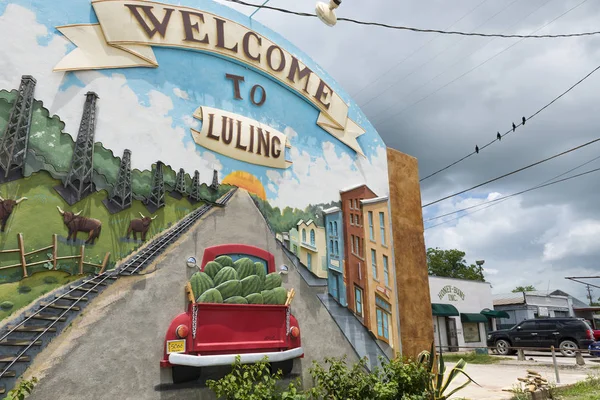
Luling’s June festival celebrates both watermelons and the town’s oil heritage, combining seed-spitting contests with live music and community activities that showcase small-town Texas character. The Watermelon Thump features champion seed spitters from around the world competing for distance records, while local vendors offer watermelon varieties that many visitors have never encountered.
The festival succeeds by embracing its agricultural roots while creating competitions and entertainment that appeal to visitors seeking authentic Texas experiences. Luling demonstrates how communities can build successful events around simple local products when they combine genuine pride with creative programming that gives visitors reasons to return.
BugFest (Ames, Iowa)

Iowa State University’s entomology department partners with the town of Ames each September to create a festival celebrating insects through education, entertainment, and surprisingly appealing insect-based food offerings. BugFest features live insect displays, educational presentations about beneficial insects, and cooking demonstrations that challenge visitors’ preconceptions about entomophagy.
The festival combines serious scientific education with entertainment that makes learning about insects genuinely enjoyable for families and adults alike. Ames shows how communities can turn academic resources into public celebrations that educate while entertaining, creating events that serve both educational missions and tourism development.
Like Travel Pug’s content? Follow us on MSN.
Burgoo Festival (North Utica, Illinois)

This October celebration revolves around burgoo, a traditional stew that requires massive kettles and community cooperation to prepare properly, creating a festival that’s as much about the process as the final product. The Burgoo Festival features giant batches of stew prepared by teams who maintain secret recipes and competitive pride in their cooking methods.
North Utica’s festival preserves a cooking tradition that requires community participation—burgoo isn’t something individuals prepare alone—while creating entertainment around the cooking process itself. The event demonstrates how food festivals can celebrate not just flavors but the social aspects of traditional cooking that bring communities together.
Chitlin Strut (Salley, South Carolina)
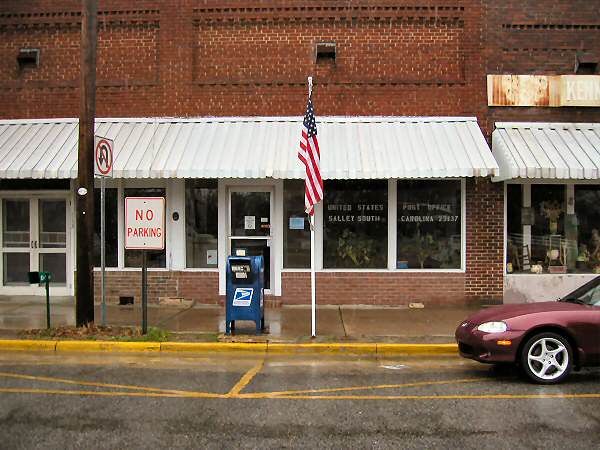
South Carolina’s self-proclaimed Chitlin Capital hosts an annual festival celebrating chitterlings—cleaned pork intestines—that draws thousands of visitors curious about Southern soul food traditions. The Chitlin Strut features various chitlin preparations alongside live music, crafts, and other traditional Southern foods that provide alternatives for less adventurous eaters.
Salley’s festival succeeds by approaching its unusual featured food with both pride and humor, creating an atmosphere where visitors feel welcome, whether they’re chitlin enthusiasts or simply curious about Southern culinary traditions. The event shows how communities can celebrate foods that might seem unusual to outsiders while creating an inclusive atmosphere for everyone.
Spam Festival (Austin, Minnesota)
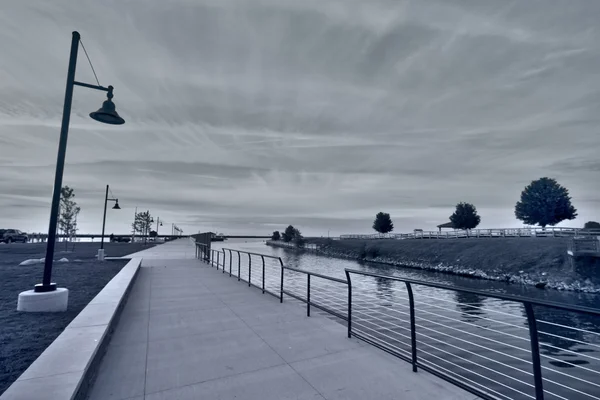
Austin embraces its role as home to Hormel Foods with an annual festival celebrating the iconic canned meat through cooking contests, historical displays, and activities that combine genuine appreciation with good-natured humor about the product’s reputation. The Spam Festival features creative cooking competitions where chefs transform the basic ingredients into surprisingly elevated dishes, while museum exhibits explore the product’s cultural impact and wartime significance.
Austin’s approach balances corporate pride with community celebration, creating a festival that attracts both Spam enthusiasts and visitors curious about American food culture. The town demonstrates how communities can turn commercial products into celebration themes when they approach them with creativity and humor.
Like Travel Pug’s content? Follow us on MSN.
Testicle Festival (Clinton, Montana)
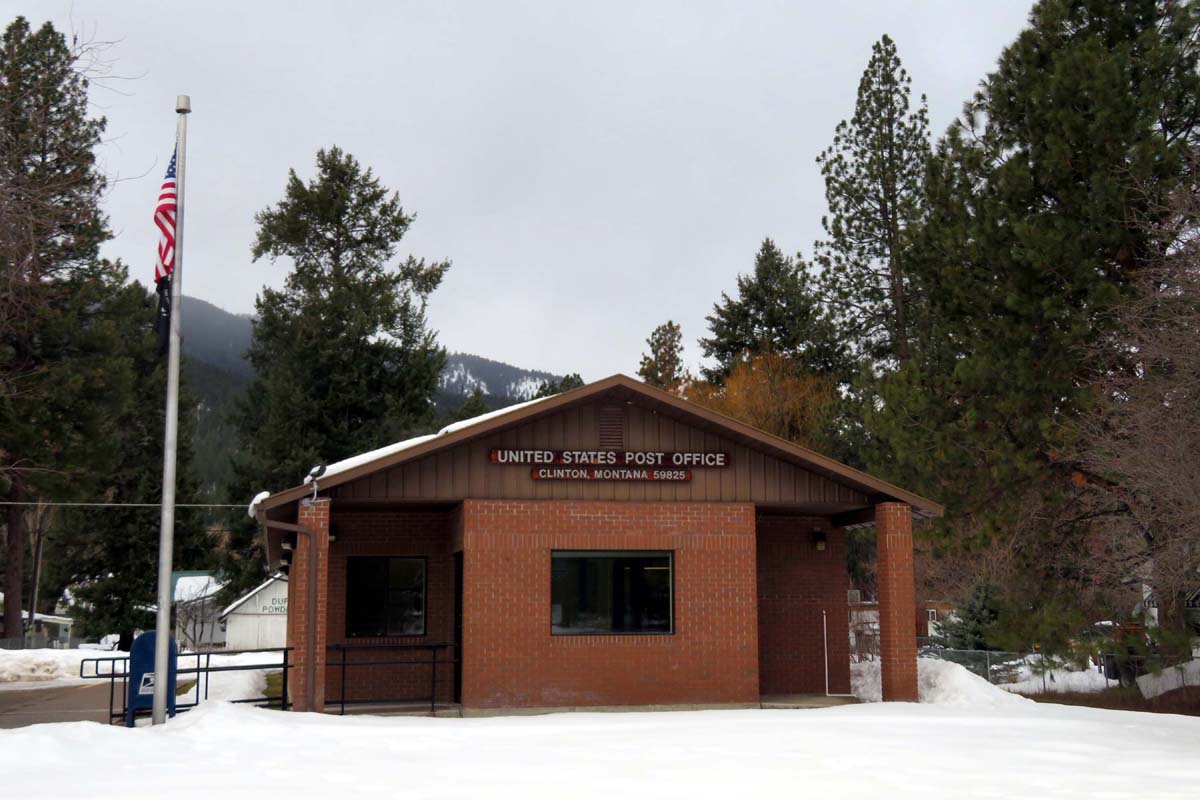
The Rock Creek Lodge hosts an annual festival featuring deep-fried bull testicles—known locally as Rocky Mountain oysters—in a celebration that combines frontier food traditions with Montana’s irreverent take on tourist attractions. The Testicle Festival includes live music, camping, and various contests that embrace the event’s provocative premise while creating genuine entertainment for visitors interested in Western culture and unusual culinary experiences.
Clinton’s festival succeeds because it approaches its unusual theme with humor and authenticity, creating an event that feels genuinely Montana rather than artificial or manufactured for tourism purposes. The festival proves that the most memorable events often spring from communities willing to embrace their most unusual traditions.
When Communities Celebrate Themselves

These festivals reveal something essential about American communities—the willingness to turn local quirks into shared celebrations that bring neighbors together while welcoming curious outsiders. Whether celebrating agricultural products, cultural heritage, or simply embracing local legends, these events show how small towns create identity through celebration. The most successful festivals combine genuine community pride with enough self-awareness to laugh at themselves when appropriate.
These 15 towns prove that authentic celebration beats manufactured entertainment every time. Their festivals succeed not because they’re polished tourist attractions, but because they spring from real community character and invite visitors to experience something genuinely local. In our increasingly homogenized world, these celebrations remind us that the most interesting places are often the ones brave enough to celebrate what makes them different from everywhere else.
More from Travel Pug

- Cities Growing so Fast You Won’t Recognize Them in 10 Years
- 13 Destinations Where Tourists Regularly Regret Their Trip
- 16 U.S. Cities That Are Quietly Becoming Travel Hotspots
- Where to Travel If You Love Long Bus Rides and Daydreams
- 20 Cities Perfect for Solo Travelers Who Crave Adventure & Culture
Like Travel Pug’s content? Follow us on MSN.
